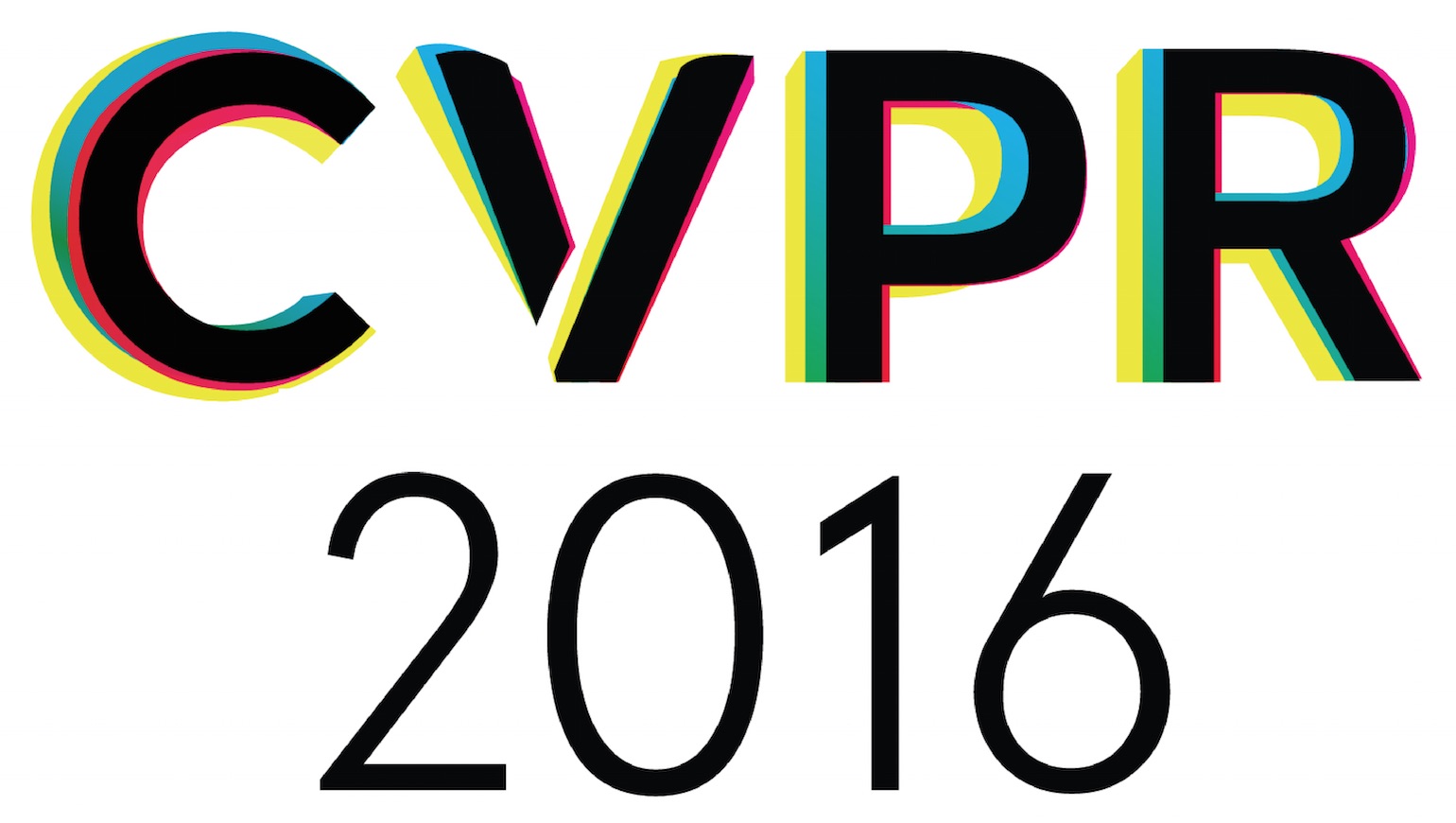-
Non-Local Image Dehazing
AbstractHaze limits visibility and reduces image contrast in outdoor images. The degradation is different for every pixel and depends on the distance of the scene point from the camera. This dependency is expressed in the transmission coefficients, that control the scene attenuation and amount of haze in every pixel. Previous methods solve the single image dehazing problem using various patch-based priors. We, on the other hand, propose an algorithm based on a new, non-local prior. The algorithm relies on the assumption that colors of a haze-free image are well approximated by a few hundred distinct colors, that form tight clusters in RGB space. Our key observation is that pixels in a given cluster are often non-local, i.e., they are spread over the entire image plane and are located at different distances from the camera. In the presence of haze these varying distances translate to different transmission coefficients. Therefore, each color cluster in the clear image becomes a line in RGB space, that we term a haze-line. Using these haze-lines, our algorithm recovers both the distance map and the haze-free image. The algorithm is linear in the size of the image, deterministic and requires no training. It performs well on a wide variety of images and is competitive with other state-of-the-art methods.
Related Material
[pdf] [supp] [video][bibtex]@InProceedings{Berman_2016_CVPR,
author = {Berman, Dana and treibitz, Tali and Avidan, Shai},
title = {Non-Local Image Dehazing},
booktitle = {Proceedings of the IEEE Conference on Computer Vision and Pattern Recognition (CVPR)},
month = {June},
year = {2016}
}
These CVPR 2016 papers are the Open Access versions, provided by the Computer Vision Foundation.
Except for the watermark, they are identical to the accepted versions; the final published version of the proceedings is available on IEEE Xplore.
Except for the watermark, they are identical to the accepted versions; the final published version of the proceedings is available on IEEE Xplore.
This material is presented to ensure timely dissemination of scholarly and technical work.
Copyright and all rights therein are retained by authors or by other copyright holders.
All persons copying this information are expected to adhere to the terms and constraints invoked by each author's copyright.

